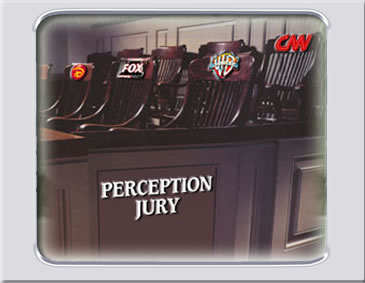 I've been searching for a more perfect union since the day my stepfather "needed the house to himself" and I realized I had no home to go home to. This joining of dreams and fortunes was the ticket out in the ghetto called my childhood. In this togetherness a new family would rise. The core solid; the conviction unshakable, and the path directed by a shared purpose. The road would commence in romance, progress to parenthood, and build on a shared identity held resolutely by two spouses. This is the patience, the trust, and ultimately courage which the bond of dream matrimony harbors and sanctifies through the daily renewal of ritual and gratitude.
I've been searching for a more perfect union since the day my stepfather "needed the house to himself" and I realized I had no home to go home to. This joining of dreams and fortunes was the ticket out in the ghetto called my childhood. In this togetherness a new family would rise. The core solid; the conviction unshakable, and the path directed by a shared purpose. The road would commence in romance, progress to parenthood, and build on a shared identity held resolutely by two spouses. This is the patience, the trust, and ultimately courage which the bond of dream matrimony harbors and sanctifies through the daily renewal of ritual and gratitude.It is no secret that these paths have been scarred by realities which no marriage of mine has ever endured. Each time they have diverged. Each time they have faltered on the premise that a rightful balance had been displaced by an unshared sacrifice or a sense of isolation. It's a stretch to suggest that anything extraordinary happened to ambush or sabotage the three vows I have taken. In each case the absorptions of work and self-pity sprung from solitary trials displaced the commitment to our common purpose. It is an unintended irony that: (a) over the last 24 years marriage is the steady operational state of my adulthood, and (b) none hold the lasting power of the original bargain -- this special attraction that marriage holds for me but not my actual marriages.
The cliches work from tired scripts of infidelity, the sudden loss of income, substance abuses, and wayward children. But these plot devices are not party to any regrets to find voice in my own failures. I don't stray. I'm gainfully (and gratefully) employed. More than one beer gives me a headache. My son is the kindest person I know. If the elites had a trace of his humility all stigmas about his cognitive challenges would disappate.
The one thing I can say about failed marriages is that ommissions count as much as commissions. It's one thing to resist temptation. It's quite another to embrace the fears and uncertainties of my dearest beloved.
I can only imagine that keeping a marriage afloat requires more than two souls that have lost their individual way with each other. And that sharing cannot be recovered or sustained without a higher purpose of family, community, and spiritual renewal.










